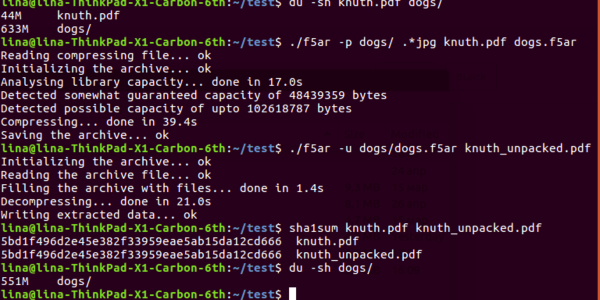Some people love Amazon, while others think it has become too big and invasive. But you have to admit, they build gigantic and apparently reliable systems. Interestingly, they recently released a library of white papers from their senior staff called the Builder’s Library.
According to their blog post:
The Amazon Builders’ Library is a collection of living articles that take readers under the hood of how Amazon architects, releases, and operates the software underpinning Amazon.com and AWS. The Builders’ Library articles are written by Amazon’s senior technical leaders and engineers, covering topics across architecture, software delivery, and operations. For example, readers can see how Amazon automates software delivery to achieve over 150 million deployments a year or how Amazon’s engineers implement principles such as shuffle sharding to build resilient systems that are highly available and fault tolerant.
The Amazon Builders’ Library will continue to be updated with new content going forward.


















